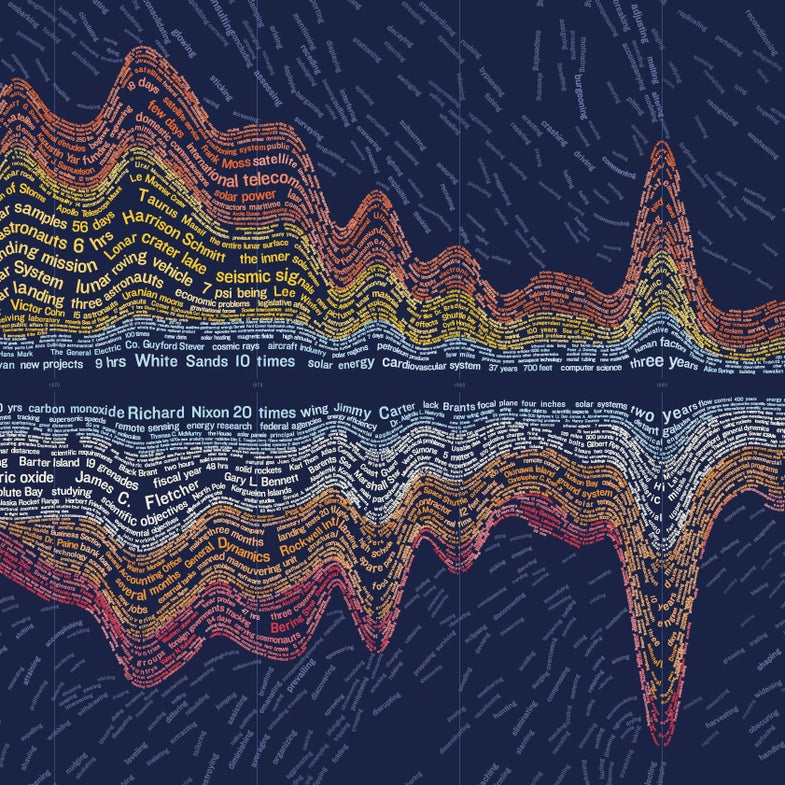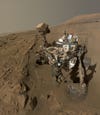The Week In Numbers: Space Linguistics, The War Of The (Ant) Worlds, And Much More
4,861,706: number of words in NASA’s Astronautics & Aeronautics Chronology, started in 1959. Popular Science and the Office for Creative...

4,861,706: number of words in NASA’s Astronautics & Aeronautics Chronology, started in 1959. Popular Science and the Office for Creative Research went through 11,000 pages of NASA history to find 4,000 discrete phrases that illustrate the agency’s evolving linguistics over the last 55 years.
53.5: weight, in tons, of China’s upcoming TA-600 seaplane prototype. When construction is completed in 2015, it’ll be the largest seaplane in the world, beating out the current record-holder, Japanese ShinMaywa US-2, which weighs in at 47.3 tons.
180: weight, in tons, of the Hughes H-4 “Spruce Goose”, the world’s largest seaplane ever built. The aircraft made only one brief flight on November 2, 1947.

H-4 “Spruce Goose” Hercules
80 percent: the accuracy of researchers using a blood test to predict which participants in a study were experiencing suicidal thoughts or had attempted suicide. Predictions were based on analysis of the gene SKA2, which is thought to play an important role in the way our brains handle stress.
53: number of months a deep-sea octopus was observed guarding her eggs–the longest brood time of any animal on record.

Octo-mom
1: number of pest insect species able to eat Bt corn, which is genetically modified to kill crop-destroying insect larvae, in 2005.
5: number of pest insect species that could consume Bt corn as of last year–and the numbers will almost surely keep rising.

Corn Field
800 billion Suns: the estimated equivalent mass of the Milky Way galaxy. Scientists are 95 percent certain that its closest neighboring galaxy, Andromeda, is even bigger.

As Seen From Earth
1,474 degrees Fahrenheit: temperature needed to turn table salt into what’s called an “ionic liquid”. For the first time, ionic liquids have been discovered in nature as a byproduct of fighting between crazy ants and fire ants.

20: grams of oxygen per hour that an instrument called MOXIE is expected to produce on the surface of Mars. NASA will hitch MOXIE to the next rover going to the Red Planet in 2020.

Curiosity Rover